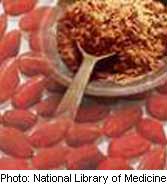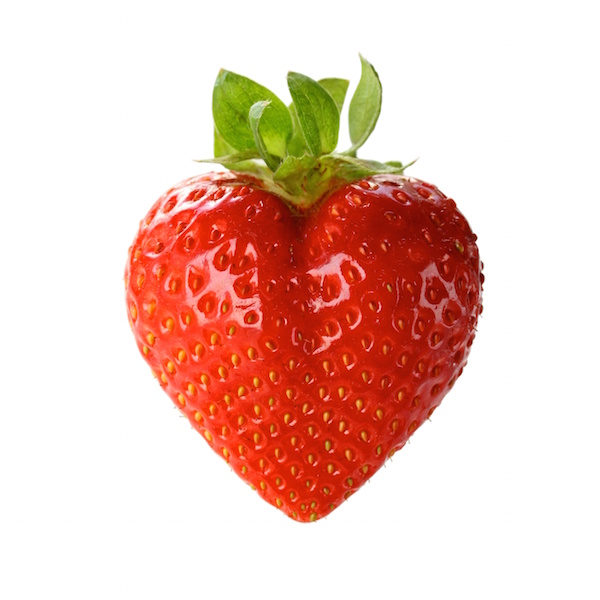
TUESDAY, Oct. 26 (HealthDay News) — There are widely inconsistent amounts of active ingredient in different formulations of popular red yeast rice supplements, a new study finds. The supplements are marketed as a way to lower cholesterol levels.
In addition, four of the 12 products included in the study had detectable levels of a potentially toxic compound called citrinin, which can damage the kidneys. The toxin is produced by a fungus.
In 2008, Americans spent about $20 million on red yeast rice supplements.
“Several studies have shown that specific formulations of red yeast rice reduce low-density lipoprotein [LDL or ‘bad’] cholesterol significantly compared with placebo. This is likely related to the effects of monacolin K and the 13 other monacolins in the supplement, which also works to lower the production of cholesterol in the liver,” wrote a team led by Dr. Ram Y. Gordon of Chestnut Hill Hospital in Philadelphia, and Abington Memorial Hospital in Abington, Pa.
In fact, monacolin K is purified and marketed as the cholesterol-lowering drug lovastatin (Mevacor), the researchers noted.
However, according to the study authors, in order to avoid being considered an unapproved drug, manufacturers do not standardize or reveal the levels of monacolin K or other monacolins in their red yeast rice supplements.
Analyses of the 12 products included in this study found that levels of total monacolins ranged from 0.31 milligrams to 11.15 milligrams per capsule, and levels of monacolin K or lovastatin ranged from 0.10 milligrams to just over 10 milligrams per capsule.
“Red yeast rice has been used for centuries for its medicinal properties and is an increasingly popular alternative lipid-lowering therapy that may benefit patients with a history of coronary disease who cannot take statins, subjects who refuse statins or who prefer a ‘natural’ approach to pharmacotherapy, or patients with a history of statin-associated myalgias [muscle pains],” the researchers wrote.
“However, our study found dramatic variability of monacolin levels in commercial products and the presence of citrinin in one-third of formulations,” they added. “Further oversight and standardization of the production and labeling of red yeast rice products may address some of the concerns raised in this study. Until these issues are addressed, physicians should be cautious in recommending red yeast rice to their patients for the treatment of hyperlipidemia [high cholesterol] and primary and secondary prevention of cardiovascular disease.”
The study appears in the Oct. 25 issue of the journal Archives of Internal Medicine.
More information
The American Heart Association has more about cholesterol.

